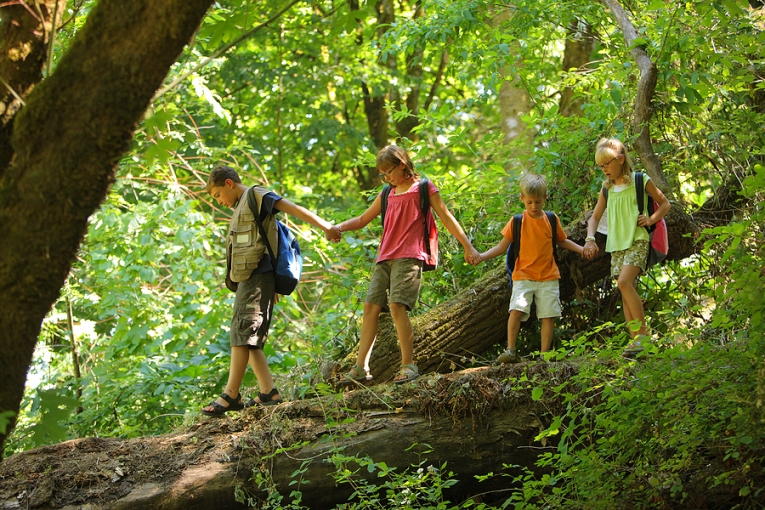Summer Course helps children beat anxiety and depression
By Rebecca Coxon
Freedom’s Way is an annual summer course held in America hosted by non-profit mental health advocacy association ‘Freedom From Fear’. The two-week long program caters to children with anxiety and depression, using cognitive-behavioral therapy to help them manage their emotions.
 The Monday through Friday program, which is open to 30 children, ages 7 to 13, costs $490 per child and scholarships are available. No child will be turned away because of a family’s inability to pay.
The Monday through Friday program, which is open to 30 children, ages 7 to 13, costs $490 per child and scholarships are available. No child will be turned away because of a family’s inability to pay.
Freedom’s Way is the brainchild of Mary Guardino, founder and executive director of Freedom From Fear. She experienced anxiety as a child and started having panic attacks as she moved into adolescence.
“I decided to dedicate my life to people with anxiety and depression, I did research and (the reason) became apparent to me,” Ms. Guardino said. “Research shows children who had a lot of fears and anxieties would have a higher incidence of developing panic attacks and depression as adults.”
She wanted to start a summer program that was both fun and a way to teach kids coping skills and techniques. Parents tend to hide their children’s fears or make them out to be normal, so finding students for the program can prove difficult, Ms. Guardino noted.
Good matches include children who: worry a lot; have poor self-esteem; are selective mutes and only talk to certain people; are afraid of being called on in class or try to find ways to avoid school, and are exceptionally clingy to parents.
In addition to activities like arts and crafts, music, board games and sports, each day children receive Emotion Management Training (EMT), a cognitive-behavioral therapy that helps to teach children ways to manage the three components of emotion:
1. Thinking or what you say to yourself in a situation that makes you more or less anxious, sad or angry.
2. Physical sensations like stomach butterflies, sweating or nausea.
3. Behaviour or what you do in response to those feelings, i.e., withdrawing instead of engaging in a situation.
For the physical behaviour, children are taught relaxation training such as deep breathing. For cognitive, the child’s inner chatter is addressed to change it from negative and fearful to problem solving and optimistic.
The behavioural portion is key according to experts. Named “exposure,” mini-situations are set that mimic real life. For example, children may give a talk to their group, similar to speaking in class. They also work on issues like separating from parents.
“Initially, they’re anxious,” noted Dr. Albano, director of the Columbia University Clinic for Anxiety and Related Disorders. “We set up small steps for them and as they master these small steps, they become confident in themselves.”
For more information on this story visit silive.com
Related Articles
Improving health services for vulnerable children and young people
Relvant Links
For more information on anxiety
Anxiety Disorders
Coping with Anxiety – Anxiety Factors
Generalised Anxiety Disorder GAD
Panic Attacks – Anxiety Attacks
No More Panic
Anxiety Treatment
Anxiety Management – Managing External Stressors
Anxiety Management – Managing our Response to Stress
Anxiety and Debt
Social Anxiety
Anxiety as a Result of Domestic Abuse
Work Related Stress
Anxiety and Substance Abuse
Further Reading





